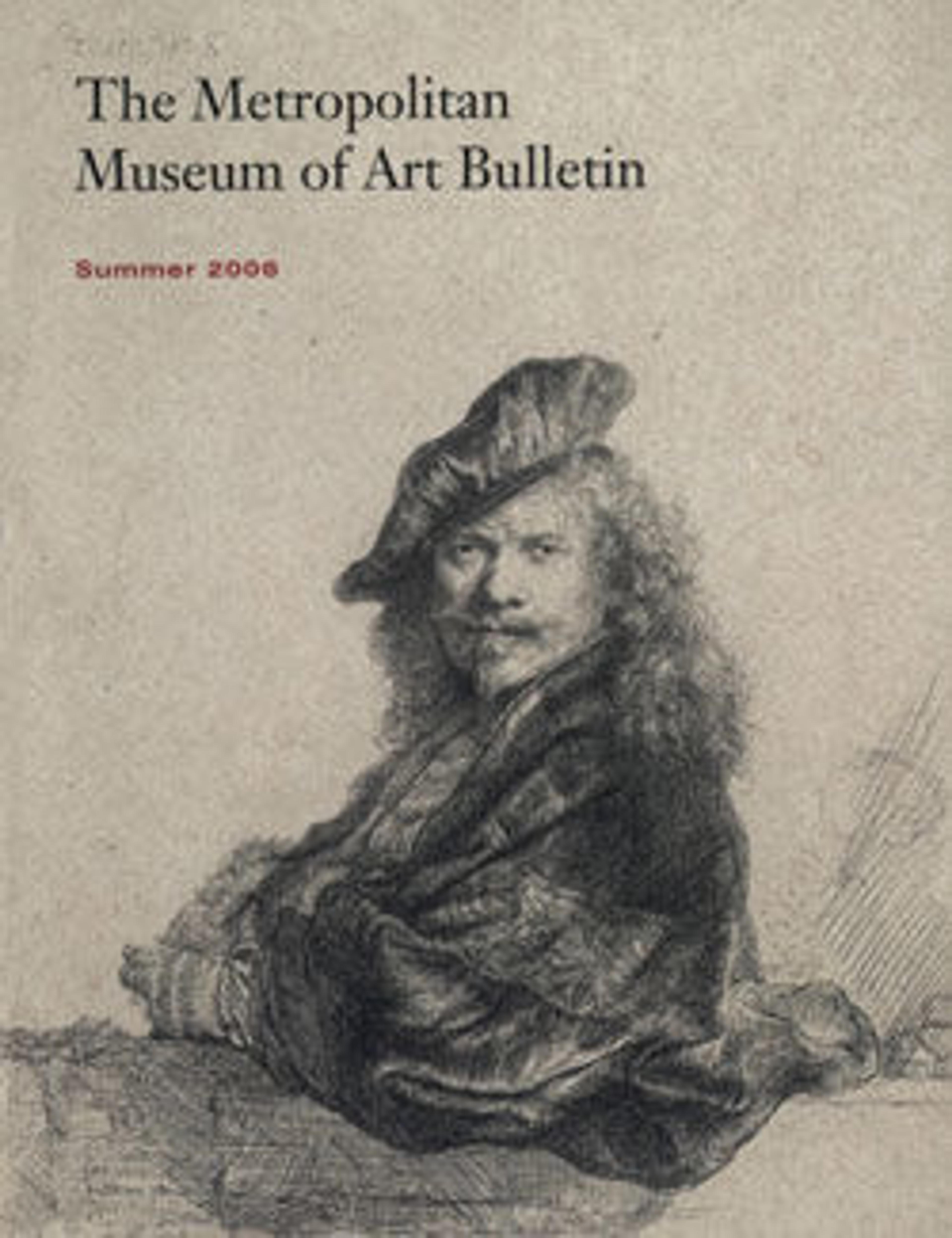The Hundred Guilder Print
The Hundred Guilder Print can be counted among Rembrandt’s most beautiful and complex compositions. The artist wove together in a horizontal composition individual episodes of the Gospel of St. Matthew to illustrate its full chapter 19. It is an exquisite puzzle of darks against lights and lights against darks that draw the eye across the image. He positioned Christ as a luminous beacon between the lightly etched left side and the sumptuous darkness he created on the right. After the scene was first etched onto the plate, he continued to reposition many of the details; traces of that repositioning can still be seen in Christ's eyes, hands, and feet. The title of the print refers to an early story that Rembrandt paid one hundred guilders to buy back an impression of the print. While the tale is dubious, it does suggest that the print had become rare by the eighteenth century.
Artwork Details
- Title: The Hundred Guilder Print
- Artist: Rembrandt (Rembrandt van Rijn) (Dutch, Leiden 1606–1669 Amsterdam)
- Date: 1648
- Medium: Etching, engraving, and drypoint; second state of two
- Dimensions: plate: 11 x 15 1/2 in. (28 x 39.3 cm)
- Classification: Prints
- Credit Line: H. O. Havemeyer Collection, Bequest of Mrs. H. O. Havemeyer, 1929
- Object Number: 29.107.35
- Curatorial Department: Drawings and Prints
More Artwork
Research Resources
The Met provides unparalleled resources for research and welcomes an international community of students and scholars. The Met's Open Access API is where creators and researchers can connect to the The Met collection. Open Access data and public domain images are available for unrestricted commercial and noncommercial use without permission or fee.
To request images under copyright and other restrictions, please use this Image Request form.
Feedback
We continue to research and examine historical and cultural context for objects in The Met collection. If you have comments or questions about this object record, please complete and submit this form. The Museum looks forward to receiving your comments.
